| 结构式 | 名称/CAS号 | 全部文献 |
|---|---|---|
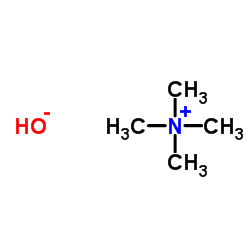 |
四甲基氢氧化铵
CAS:75-59-2 |
|
 |
氟化氢
CAS:7664-39-3 |
|
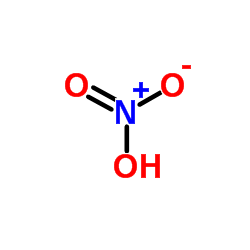 |
硝酸
CAS:7697-37-2 |
|
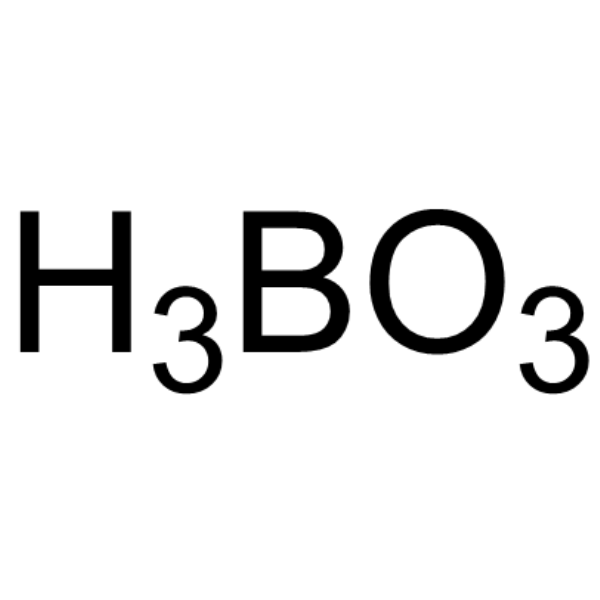 |
硼酸
CAS:10043-35-3 |
|
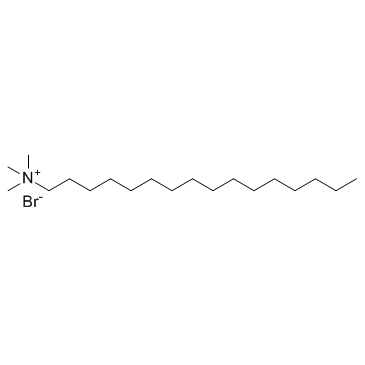 |
十六烷基三甲基溴化铵
CAS:57-09-0 |
|
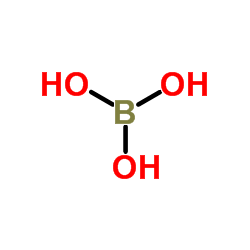 |
硼酸11B
CAS:13813-78-0 |
|
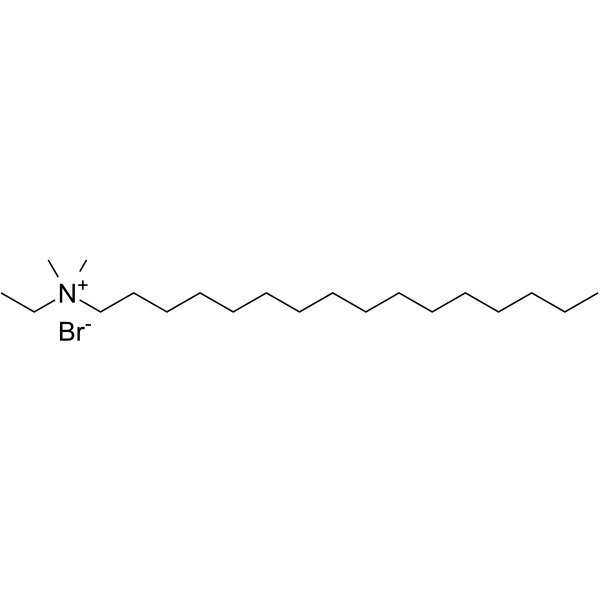 |
十六烷基二甲基乙基溴化铵(EHDAB)
CAS:124-03-8 |